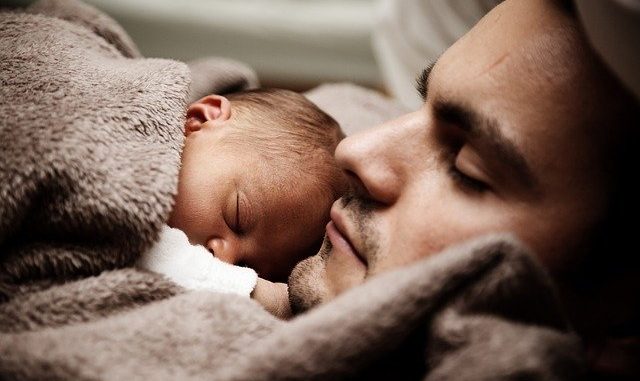
Is a white noise machine a good investment?
Missing out on the recommended hours of sleep each night can do more than make you feel grumpy and out of sorts.
The long-term effects of sleep deprivation are real.
It can drain your mental abilities and put your physical health at real risk. Science has linked poor slumber with a number of health problems, from diabetes and weight gain to a weakened immune system.
The effects of not getting enough sleep can be a little different in babies and children. Apart from being grumpy, some other concerns associated with a lack of sleep in little ones include, fussiness, being argumentative, extreme behavioural fluctuations and hyperactivity.
Establishing good sleep patterns for you and your family is clearly important, but if you have young children this is easier said than done; sleep can seem like the stuff of dreams!

How much sleep do you need?
Adults are recommended to get 7-8 hours of shut eye each night.
The amount of sleep your child needs changes as they get older.
- Newborns: Up to 18 hours total per day, while waking up every few hours for feedings.
- 1 to 2 months: 16 hours of total sleep, 8-9 hours at night with 6-7 hours during the day.
- 3 to 6 months: 15-16 hours of sleep total, 11 hours at night with 2 to 3 naps during the day.
- 6 to 12 months: 14 hours of sleep total, 11 hours at night with 2 to 3 naps during the day.
- 5-year-old: 11 hours a night.
- 9-year-old: 10 hours a night.
So, how can you achieve this?
A relaxing bedtime routine is one important way to help babies and young children get a good night’s sleep. Doing the same relaxing things in the same order and at the same time each night has been shown to promote good sleep.
- A warm (not hot) bath will help your child relax and get ready for sleep.
- Keeping lights dim encourages your child’s body to produce the sleep hormone, melatonin.
- Once they’re in bed, listen to some relaxing music, or read a story together.
When nothing else seems to work, parents might turn to alternative measures.
White noise machines are now widely promoted to help babies and small children fall asleep.
How do white noise machines work?
White noise refers to sounds that mask other sounds that might occur naturally in an environment. White noise could help block out noises associated with traffic or household noise such as older siblings. They have also been shown to be useful for those suffering with tinitus.
White noise machines may also incorporate specific sounds which encourage sleep regardless of environmental noises, such as soothing beach sounds or rainforest wildlife noises
Machines specifically designed for use with infants may include a heartbeat noise that is used to mimic that of the mother or instrumental lullabies.
What are the pros and cons of white noise machines?
The most obvious benefit of white noise for babies and young children is the fact that it could help them fall asleep.

Leave a Reply